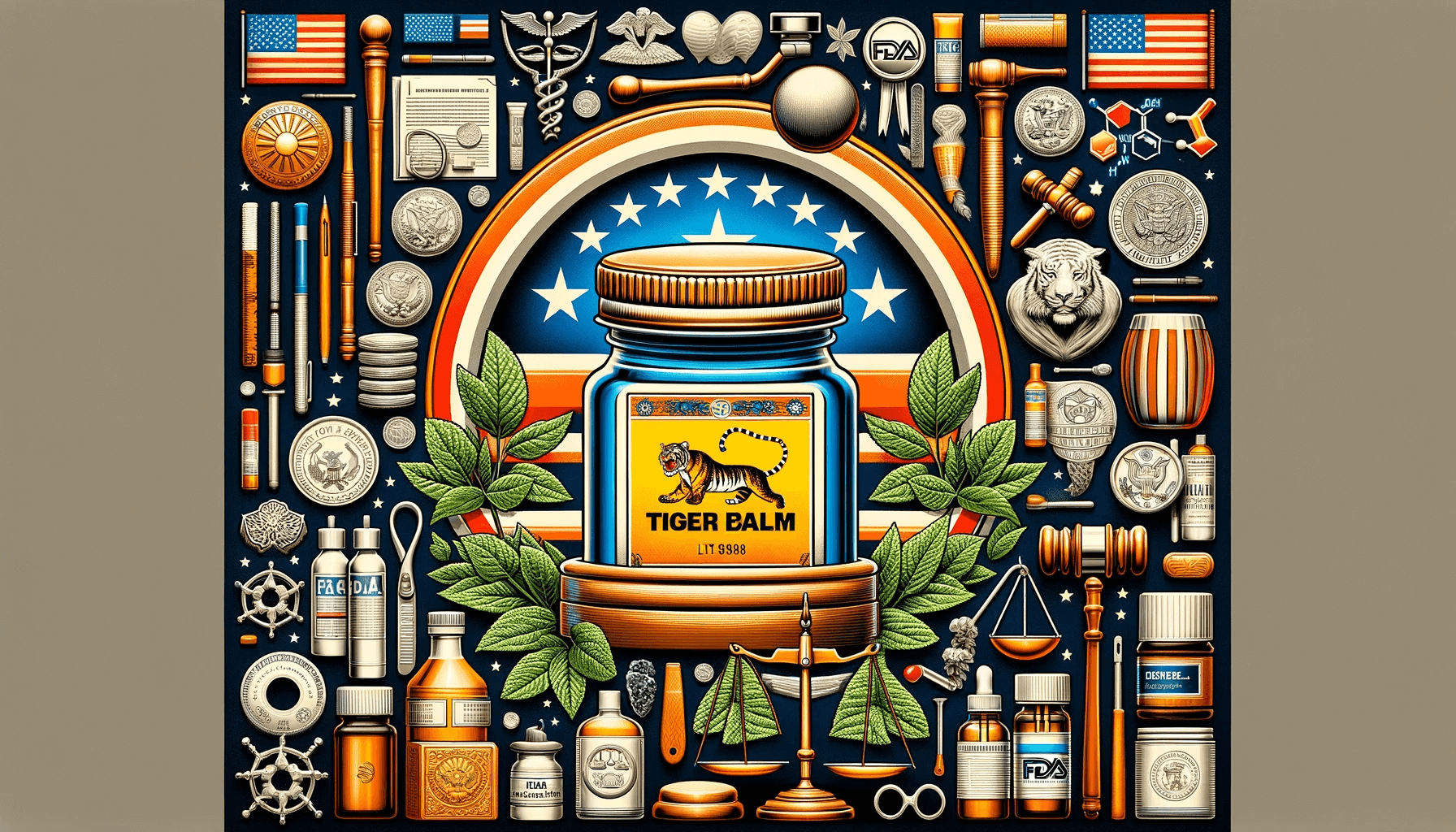Hey there! Today, we’re going to unpack a curious legal question that’s been floating around: why is Tiger Balm, that iconic, potent-smelling ointment, viewed with a squinty eye by the law in the United States? As a lawyer with 35 years of experience, I’ve seen plenty of legal puzzles, but this one is particularly interesting. So, let’s dive right in!
Understanding Tiger Balm: A Brief Overview
Before we get into the nitty-gritty, let’s understand what Tiger Balm is. It’s a popular topical ointment, famed for its strong, almost medicinal scent. People use it for everything from soothing muscle aches to easing headaches. Its key ingredients? Camphor, menthol, clove oil, and more – a veritable cocktail of herbal relief.
The Legal Conundrum in the U.S.
Now, onto the juicy part: why is Tiger Balm a legal riddle in the U.S.? Well, the answer isn’t black and white. Generally, Tiger Balm is legal and available in many stores. But, there’s a twist – it’s all about the ingredients and their concentrations, particularly camphor and menthol.
Camphor and Menthol: A Regulatory Tightrope
Camphor and menthol are effective for pain relief but can be a regulatory headache. Why? High doses of camphor can be toxic and even life-threatening, especially for the little ones. The U.S., through agencies like the FDA (Food and Drug Administration), has strict rules about these ingredients in consumer products.
FDA’s Watchful Eye
The FDA is like the referee in this game. They have set guidelines on how much camphor and menthol a product can contain. If Tiger Balm crosses this line, it’s flagged. But, Tiger Balm formulations sold in the U.S. typically adhere to these regulations, making them legal.
The Myth vs. Reality
There’s a myth that Tiger Balm is outright illegal in the U.S., but that’s not quite true. It’s more about compliance. If a Tiger Balm product meets the FDA’s standards, it’s good to go. If not, it faces the legal music.
A Global Perspective: Different Strokes for Different Folks
This situation is a classic example of how product legality can vary globally. What’s okay in one country might be a no-go in another. It’s a dance of cultural norms, medical standards, and legal frameworks.
The Takeaway for Consumers and Legal Buffs
So, what’s the takeaway here? Tiger Balm, in its FDA-approved form, is legal in the U.S. The key is in the ingredient concentration. For consumers, it’s about using it as directed. For us legal buffs, it’s a fascinating case of international regulatory differences.
Wrapping It Up: The Legal Tape Around a Little Jar of Balm
In conclusion, Tiger Balm’s story in the U.S. is less about being illegal and more about meeting regulatory standards. It’s a neat example of how even a simple ointment can open up a world of legal considerations. Whether you’re a seasoned lawyer, a curious consumer, or just someone who loves diving into quirky legal topics, Tiger Balm’s tale is a reminder of the complex tapestry of laws that govern our everyday products.
And that’s a wrap! Hope you enjoyed this legal exploration into the world of Tiger Balm in the U.S. Stay tuned for more engaging dives into the fascinating world of law and consumer products!









Leave a Reply